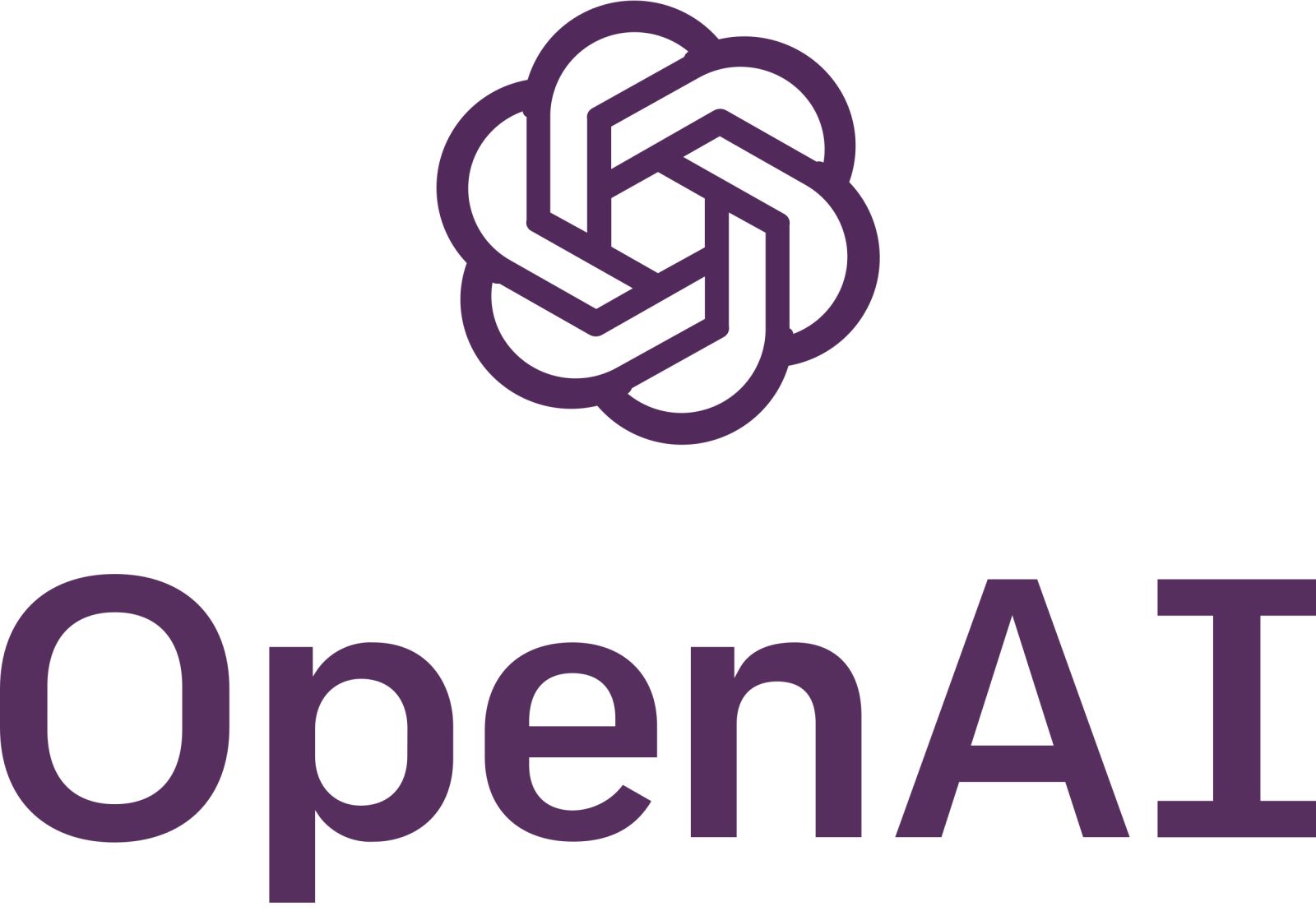Introduction
GPT-5 blends deep reasoning and faster responsiveness; this brief summarizes Mark Chen's interview to highlight practical benefits and known limitations.
Quick definition
GPT-5 is a model that merges large-scale pre-training with targeted reasoning capabilities and optimizations for speed.
Context
According to Mark Chen, GPT-5 reflects a deliberate convergence of scaling and reasoning-focused post-training; OpenAI treats research outcomes as product features on a long-term roadmap.
The Challenge
Key challenges include long-term memory and extended-context handling: without persistent memory, agent autonomy and continuity are constrained.
Solution / Approach
OpenAI increased use of high-quality synthetic data and fused pre-training with reasoning methods, yielding notable gains in code generation and frontend outputs.
"GPT‑5 marries pre-training with reasoning: deep logic when needed, and speed when you don't."
Mark Chen, Chief Research Officer / OpenAI
Conclusion
GPT-5 advances practical capabilities for developers and knowledge workers, offering longer, more robust code and richer interfaces, while memory and subjective verification remain priorities for future work.
FAQ
Short answers for AI search and practical adoption
- What is GPT-5? GPT-5 combines scaled pre-training with reasoning to deliver both cognitive depth and faster responses for tasks like coding and UI generation.
- Why use synthetic data in GPT-5? Synthetic data supplements human data where coverage is low, improving performance in domains such as programming.
- What are GPT-5's memory limitations? Long-term memory is a bottleneck; GPT-5 needs persistent context mechanisms to support autonomous, multi-session agents.
- How will GPT-5 affect developers? Developers get longer, more reliable code outputs and better frontends, but must adapt verification and integration workflows.
- Does GPT-5 change open-source safety norms? OpenAI's smaller open models aim to set safety-aware release standards while enabling research and adoption.
